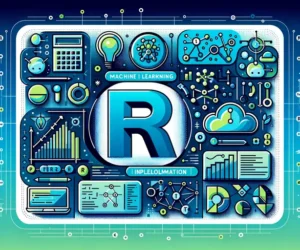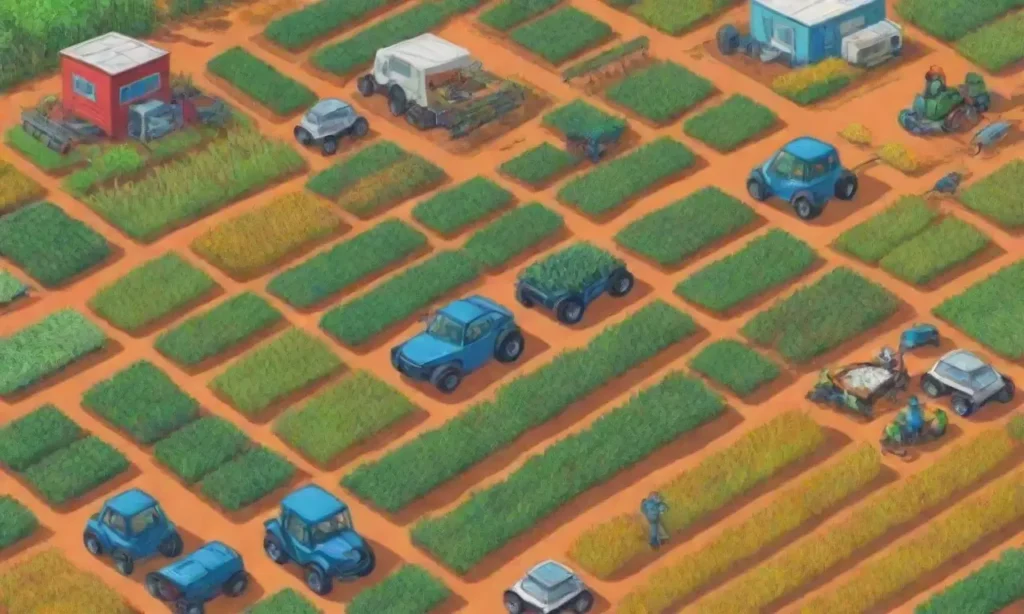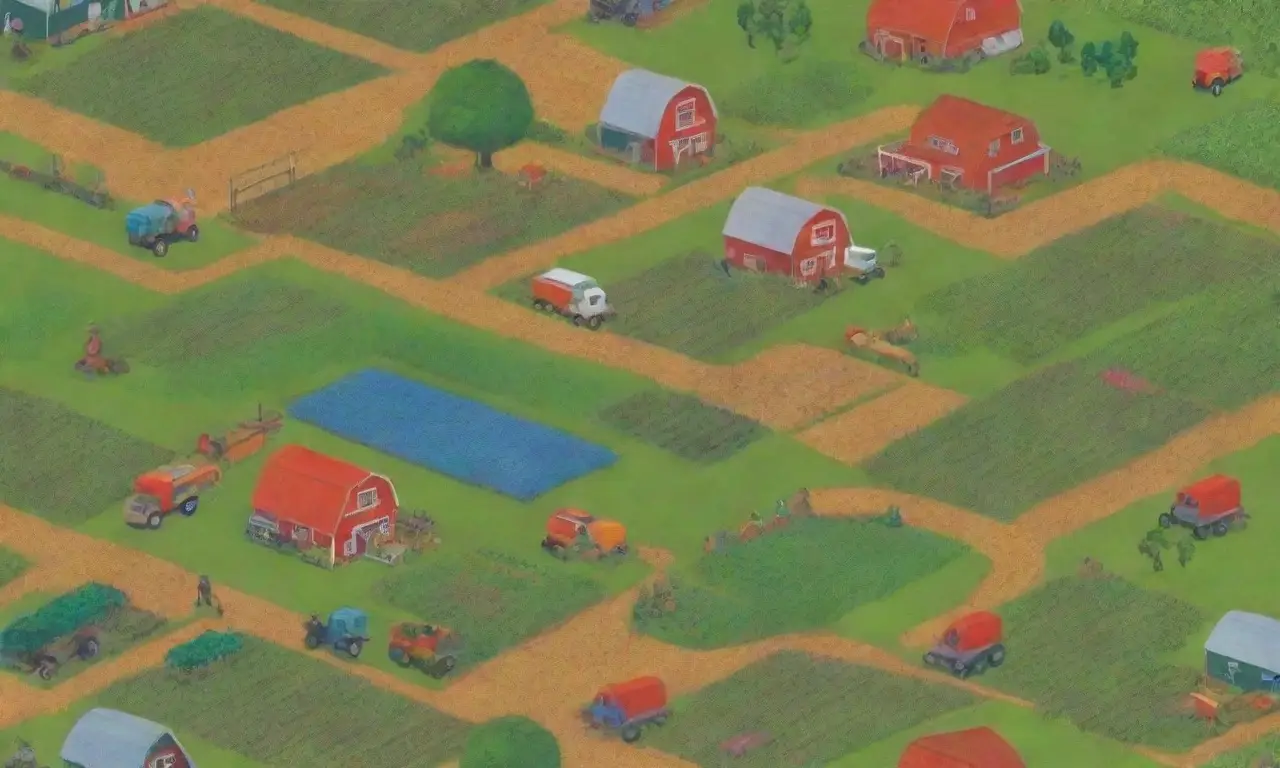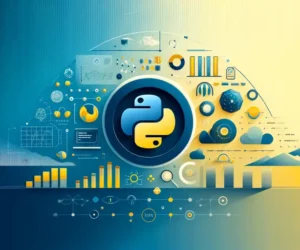
Rethinking Smart Farming: The AI Revolution in Agriculture

Introduction
The landscape of agriculture has always been a cornerstone of human civilization, evolving through centuries to meet the shifting demands of our growing populations. In recent years, a remarkable transformation has emerged, fueled by advancements in technology and artificial intelligence (AI). This blend of traditional farming practices and modern innovations has paved the way for what is commonly referred to as smart farming. Today, smart farming is reshaping how food is produced, harvested, and distributed, providing new solutions to age-old challenges faced by farmers around the globe.
This article will delve into the multifaceted impact of AI on agriculture, exploring how it is revolutionizing farming practices, enhancing efficiency, and contributing to sustainability. Moreover, we will discuss the specific technologies involved, their applications in various agricultural sectors, and the anticipated challenges and future prospects as we rethink farming in the age of AI.
The Role of Artificial Intelligence in Agriculture
Artificial intelligence is often described as the simulation of human intelligence in machines, enabling them to perform tasks that typically require human cognition. In agriculture, AI plays a transformative role through data analysis, automation, and predictive analytics. By leveraging vast amounts of data collected from various sources, such as drones, sensors, and satellite imagery, AI can help farmers make informed decisions that enhance productivity and minimize resource wastage.
In practice, AI can analyze weather patterns, soil conditions, and crop health, allowing farmers to optimize planting schedules, fertilization, and irrigation practices. For instance, AI-driven platforms can predict pest infestations by continuously monitoring crop health and environmental conditions, thereby facilitating proactive measures that protect yields. This data-driven approach not only ensures higher productivity but also contributes to sustainable farming by reducing the need for chemical inputs.
Understanding the Role of ML in Precision Livestock FarmingMoreover, AI supports precision agriculture, a modern farming approach that uses technology to manage variations in cropping environments. Through real-time data collection and analysis, farmers can apply resources more judiciously, targeting specific areas of their fields based on need rather than applying uniform methods across entire farms. This targeted approach leads to improved crop yields and diminished environmental impact, ultimately promoting sustainability in the agricultural sector.
Innovations in Smart Farming Technologies
Drones and Aerial Surveillance
Drones are becoming an indispensable tool in modern agriculture, offering aerial imagery that allows farmers to assess their crops from above. Equipped with advanced sensors and cameras, these drones collect high-resolution images of farms, enabling farmers to identify issues such as pest infestations, water stress, and nutrient deficiencies. By utilizing drones, farmers can survey large-scale fields quickly and accurately, which was previously a time-consuming and labor-intensive task.
Data gathered by drones can be processed using AI algorithms to generate detailed reports on crop health and growth stages. This information is vital for planning and resource allocation, allowing farmers to address areas that need immediate attention. Moreover, drones can also be utilized for variable-rate applications, where inputs such as fertilizers and pesticides are applied precisely based on the aerial data analysis. This not only enhances efficiency but also minimizes the environmental impacts associated with over-application.
Furthermore, drones contribute to habitat conservation by monitoring biodiversity and assessing the ecological impact of farming practices. Their ability to capture data quickly and over large areas ensures that farmers can maintain oversight of not just their crops but also the surrounding environment, fostering a deeper connection between agriculture and nature.
Case Studies: Successful Machine Learning Strategies in AgricultureIoT and Smart Sensors
The Internet of Things (IoT) has integrated itself into the agricultural ecosystem, with smart sensors playing a crucial role in collecting critical data from farms. These sensors can measure various parameters, such as soil moisture, temperature, humidity, and nutrient levels, transmitting real-time information to farmers’ devices. Farmers can then use this data to make informed decisions regarding irrigation schedules, nutrient management, and overall crop health.
Smart irrigation systems represent a significant innovation stemming from IoT technology. By using soil moisture sensors, these systems can adjust watering schedules based on the actual moisture content of the soil. This not only conserves water but also ensures crops receive the right amount of moisture, contributing to enhanced growth and productivity. The ability to automate irrigation based on precise soil conditions helps reduce labor costs and improves crop yields.
Another application of IoT in agriculture is livestock monitoring. With the help of wearable sensors, farmers can track the health and movements of their animals in real-time. This monitoring leads to early disease detection, implemented through frequent health assessments and tracking patterns of activity and behavior. By identifying health issues before they escalate, farmers can reduce livestock mortality rates and increase overall productivity within their herds.
Predictive Analytics and AI Algorithms
Predictive analytics, a branch of AI, involves using historical data combined with machine learning algorithms to forecast future outcomes. In agriculture, this means predicting potential crop yields, pest outbreaks, and market trends. Farmers can leverage these insights to plan and manage their operations proactively, making decisions that enhance profitability and mitigate risks.
Remote Sensing and Machine Learning: Innovations for Crop AnalysisOne notable example of predictive analytics in agriculture is the use of AI algorithms to forecast weather patterns. By analyzing vast amounts of weather data, these algorithms can provide precise forecasts for specific geographic regions. This information enables farmers to select optimal planting and harvesting dates, ultimately leading to better crop quality and quantity. Predictive models also assist farmers in planning for adverse weather conditions, such as droughts or floods, by allowing them to take preventative action.
Moreover, AI-driven market analysis can help farmers make better decisions on when to sell their crops. By recognizing trends in supply and demand, farmers can determine the best times to enter the market, maximizing revenue. As a result, agriculture becomes not just about growing crops but also about strategic financial management—a shift that marks a significant change in the industry.
Challenges in Implementing AI in Agriculture

Despite the numerous advantages offered by AI and smart farming technologies, several challenges remain. Access to technology is a significant barrier, particularly for smallholder farmers in developing regions. Many of these farmers may lack the financial resources necessary to invest in advanced technologies, limiting their ability to capitalize on the benefits of AI. Bridging this gap is essential for the equitable dissemination of smart farming practices across different socio-economic strata.
How Machine Learning is Shaping Smart Irrigation TechnologiesAnother challenge is the data privacy and security concerns linked to IoT and AI systems. The continuous collection and transmission of data raise questions regarding data ownership and protection. Farmers need assurances that their operational data will remain confidential and secure from unauthorized access. Establishing robust cybersecurity measures and transparent data policies will be crucial for building trust in these technologies.
Training and education are also major hurdles in AI adoption within agriculture. As smart farming technologies continue to evolve, farmers must receive proper training and support to maximize their effectiveness. This includes guidance on interpreting data generated by AI tools, implementing new techniques, and understanding the potential implications of these technologies on their practices. Ensuring farmers are equipped with the necessary skills is vital for the transition to smart farming.
Conclusion
The AI revolution in agriculture is not merely a trend; it is a fundamental shift in how we approach farming in the 21st century. From data-driven decision-making to automated systems improving productivity, the integration of smart farming technologies heralds a new era for agriculture. As the world grapples with the challenges of climate change, population growth, and resource scarcity, rethinking farming practices through AI offers solutions that promote both efficiency and sustainability.
However, the journey toward widespread adoption of smart farming must address the challenges of accessibility, data security, and education. Collaboration among technology providers, agricultural stakeholders, and policy-makers is essential to create an ecosystem that supports innovation while ensuring that all farmers can benefit from the advancements in AI. By fostering an inclusive approach, we can unlock the full potential of smart farming, ensuring that agriculture remains a viable and sustainable industry for future generations.
The future of agriculture lies within our ability to embrace change and rethink our traditional methods. As we harness the power of artificial intelligence, we stand at the forefront of an agricultural renaissance—one that promises not only to enhance food production but also to enrich the lives of those who rely on the land for their livelihood. The path to a more sustainable agricultural future is illuminated by the possibilities brought forth by AI, making the reimagination of smart farming an exciting frontier for farmers and consumers alike.
If you want to read more articles similar to Rethinking Smart Farming: The AI Revolution in Agriculture, you can visit the Smart Farming category.



You Must Read